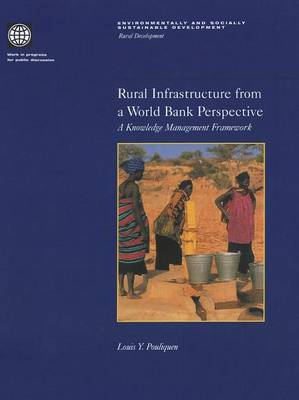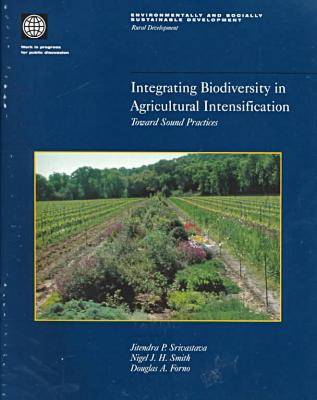Environmentally & Socially Sustainable Development: Rural Development
2 total works
'Rural infrastructure is critical to both economic and social development. Its absence thwarts growth and, typically, the poor are those hurt the most. The purpose of this paper is to serve as a basis for knowledge management on rural infrastructure.' In the 1970s, the primary, if not the unique, objective of rural infrastructure lending was to get rural infrastructure built. However, the institutional aspects of how this infrastructure was to be built, and later how it would be operated and maintained, did not receive much attention. Only recently has poverty alleviation through employment creation become an explicit objective of rural infrastructure investments. This review tracks the poverty alleviation objective of rural infrastructure projects using three criteria: 1. whether poverty was an explicit criterion in the selection of specific sub-projects; 2. whether poverty was addressed in the pricing of rural infrastructure services; and 3. whether poverty was addressed through the creation of employment.
'Southeastern Nigeria has some of the highest population densities in Sub-Saharan Africa and one of the most threatened ecosystems on the continent: the rainforests of West Africa. As population pressure has mounted, fallow periods have declined... Instead of doggedly pursuing old strategies, farmers shifted their agricultural practices in the face of mounting population pressures. Farmers have intensified their traditional bush-fallow cultivation system by adopting several strategies...' What agrobiodiversity is, what it does, and its importance to the environment and agriculture form the bases of discussion in this volume. Agrobiodiversity is defined as biological resources that directly and indirectly contribute to crop and livestock production. With the need to increase food production and to concurrently protect the environment a worldwide priority, agrobiodiversity is arguably the single most important natural resource. It is key to transforming agricultural systems that are currently wreaking havoc on wildlife and human health. This report highlights case studies in which modern and traditional agriculture has successfully transformed to enhance biodiversity without sacrificing yield. Lessons learned from this review help to identify sound practices for designing and monitoring agricultural projects so that they improve rural incomes while safeguarding environmental assets, particularly biodiversity. Suggestions for sound practices include modifications of the policy environment and ways to strengthen research institutions and extension services so that agriculture can be intensified while better protecting and managing biological resources.

